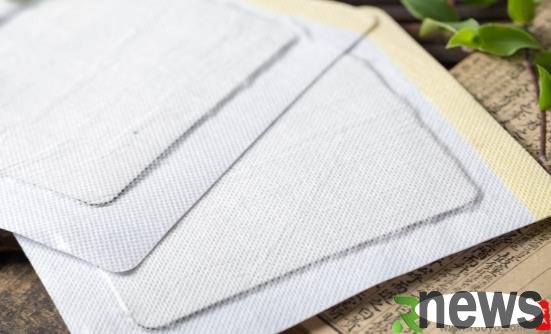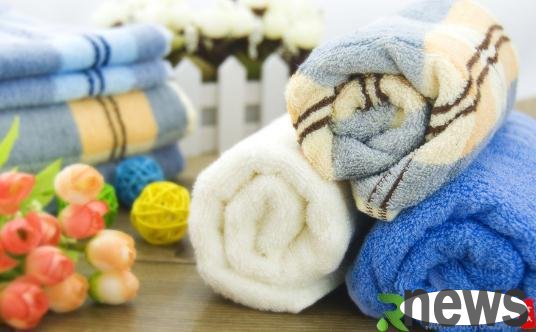How to remove sticky plasters on the skin What to note when applying plasters in daily life
In daily life, some people who suffer from rheumatism always apply some plaster to treat them. But it is difficult to clean the plaster when applied to the skin. Below, the editor will share with you some tips for removing plasters stuck to the skin.

How to remove sticky plasters from the skin?
1. Use the peeled plaster oil surface or transparent tape to repeatedly paste the plaster traces left on the skin, and can also be removed.
2. The most ideal method to clean the plaster: use turpentine oil to wipe the residue of the plaster, and then wipe it off with a clean cloth.
3. Cleaning plasters can also use vegetable oil for cooking at home, but it is slower and will also cause a lot of oil to the skin.
4. More complex methods: First, use harder paper to stick off the excess plaster on the skin, and then wipe the plaster stickers left on the skin with a cotton dipped in saffron oil, which can basically be completely cleaned.
5. Use baby oil or olive oil, maybe the peanut oil or blending oil we eat can be used. Let the ointment fully absorb the oil and it will be easily removed.
6. Using fume oil essence, the effect is very good.
7. Apply some emollient oil on the plaster. When applying emollient oil, apply evenly and wait for a few minutes before removing the plaster, so it won’t hurt. If the plaster is stuck to the clothes or skin, use a cotton swab dip it in alcohol. The quality requirements for plasters are as follows:
1. The old and young should be suitable, and the skin should have appropriate stickiness and non-moving position.
2. The appearance should be oily and delicate, and should not be irritating to the skin.
3. The amount of spreading of the same plaster should be the same, and the weight difference limit shall not exceed plusmn; 5% (refers to the weight of the pure plaster that removes the backing material).
4. Store at room temperature and will not deteriorate within two years and will not lose viscosity. Notes when applying plaster:
1. When accidentally causing muscle contusion or joint or ligament strain during exercise or labor, do not apply the wounded pain relief cream and musk rushing ointment to the injured area immediately. Because this type of plaster has the effect of promoting blood circulation and dispersing blood stasis, it cannot achieve the purpose of reducing swelling and relieving pain after injury.
2. If there is local damage, do not apply the plaster directly to the damaged area to avoid suppurative infection.
3. Pregnant women should use plasters containing blood-activating and removing blood stasis ingredients such as musk, frankincense, safflower, myrrh, peach kernel, etc.
4. If papules and blisters appear on the skin on the local skin after applying the plaster, and it feels severe, it means that it is allergic to the plaster. You should stop applying immediately and perform anti-allergic treatment.
5. Allergies cannot be applied. If you feel itchy, burning, or tingling on the skin on the patched area for about 10 minutes, remove it quickly. This shows that the patient is allergic to plaster. People with allergic constitution usually do not apply plaster because their skin is prone to rashes. After applying it, it is not only unfavorable to the absorption of the drug, but will also cause skin problems.
6.No more than 24 hours Since plasters are used for the skin surface, plasters generally take drugs with heavy odors, paste them on the body surface to stimulate nerve endings, dilate blood vessels through reflexes, promote local blood circulation, improve nutrition of surrounding tissues, and achieve the purpose of reducing swelling, anti-inflammatory and analgesic. Generally, a dose of plaster should not exceed 24 hours. After a long time, not only will the medicine lose its effectiveness, but it will also be bad for the skin.









